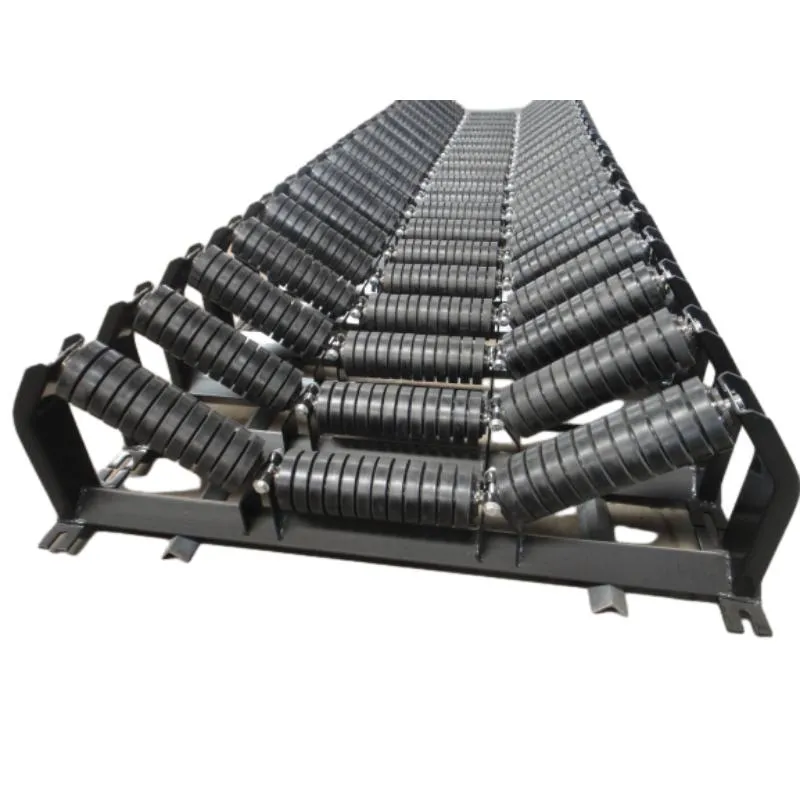 Afrikaans
Afrikaans  Albanian
Albanian  Amharic
Amharic  Arabic
Arabic  Armenian
Armenian  Azerbaijani
Azerbaijani  Basque
Basque  Belarusian
Belarusian  Bengali
Bengali  Bosnian
Bosnian  Bulgarian
Bulgarian  Catalan
Catalan  Cebuano
Cebuano  Corsican
Corsican  Croatian
Croatian  Czech
Czech  Danish
Danish  Dutch
Dutch  English
English  Esperanto
Esperanto  Estonian
Estonian  Finnish
Finnish  French
French  Frisian
Frisian  Galician
Galician  Georgian
Georgian  German
German  Greek
Greek  Gujarati
Gujarati  Haitian Creole
Haitian Creole  hausa
hausa  hawaiian
hawaiian  Hebrew
Hebrew  Hindi
Hindi  Miao
Miao  Hungarian
Hungarian  Icelandic
Icelandic  igbo
igbo  Indonesian
Indonesian  irish
irish  Italian
Italian  Japanese
Japanese  Javanese
Javanese  Kannada
Kannada  kazakh
kazakh  Khmer
Khmer  Rwandese
Rwandese  Korean
Korean  Kurdish
Kurdish  Kyrgyz
Kyrgyz  Lao
Lao  Latin
Latin  Latvian
Latvian  Lithuanian
Lithuanian  Luxembourgish
Luxembourgish  Macedonian
Macedonian  Malgashi
Malgashi  Malay
Malay  Malayalam
Malayalam  Maltese
Maltese  Maori
Maori  Marathi
Marathi  Mongolian
Mongolian  Myanmar
Myanmar  Nepali
Nepali  Norwegian
Norwegian  Norwegian
Norwegian  Occitan
Occitan  Pashto
Pashto  Persian
Persian  Polish
Polish  Portuguese
Portuguese  Punjabi
Punjabi  Romanian
Romanian  Russian
Russian  Samoan
Samoan  Scottish Gaelic
Scottish Gaelic  Serbian
Serbian  Sesotho
Sesotho  Shona
Shona  Sindhi
Sindhi  Sinhala
Sinhala  Slovak
Slovak  Slovenian
Slovenian  Somali
Somali  Spanish
Spanish  Sundanese
Sundanese  Swahili
Swahili  Swedish
Swedish  Tagalog
Tagalog  Tajik
Tajik  Tamil
Tamil  Tatar
Tatar  Telugu
Telugu  Thai
Thai  Turkish
Turkish  Turkmen
Turkmen  Ukrainian
Ukrainian  Urdu
Urdu  Uighur
Uighur  Uzbek
Uzbek  Vietnamese
Vietnamese  Welsh
Welsh  Bantu
Bantu  Yiddish
Yiddish  Yoruba
Yoruba  Zulu
Zulu Understanding Conveyor Drum Pulleys and Their Importance in Material Handling Systems
Understanding Conveyor Drum Pulleys An Essential Component in Material Handling Systems
In the realm of material handling and transport systems, conveyor systems play a pivotal role in the efficient movement of goods. One of the essential components of these conveyor systems is the drum pulley, often referred to as the conveyor drum pulley. This article explores the significance of conveyor drum pulleys, their types, functionality, and their contribution to the overall efficiency of conveyor systems.
What is a Conveyor Drum Pulley?
A conveyor drum pulley is a cylindrical component that is integral to the operation of conveyor belts. Typically located at the end of a conveyor system, drum pulleys serve multiple functions such as driving the conveyor belt, redirecting the belt, and assisting in belt tension control. They are generally mounted on bearings that allow them to rotate smoothly, providing a friction surface for the conveyor belt to move over.
Types of Conveyor Drum Pulleys
Conveyor drum pulleys come in several types, each designed to meet specific operational requirements
1. Drive Pulleys These are the primary pulleys responsible for moving the conveyor belt. They are often powered by electric motors and might be fitted with a lagging surface to increase friction and improve grip.
2. Idler Pulleys Unlike drive pulleys, idler pulleys do not drive the conveyor belt. They maintain the tension of the belt and help it align properly across the rollers, ensuring smooth operation.
3. Snub Pulleys These pulleys are used to increase the contact area between the belt and drive pulley, which can enhance the efficiency of the drive system and help with belt tracking.
conveyor drum pulley

5. Wing Pulleys Designed to reduce material buildup on the pulley surface, wing pulleys have a series of raised wings that allow debris to fall through without obstructing the belt’s movement.
Functions and Benefits
The primary function of a conveyor drum pulley is to facilitate the movement of material via the conveyor belt. Their design allows them to handle various loads efficiently, making them suitable for diverse industries such as mining, manufacturing, and logistics.
1. Belt Support and Tensioning By providing adequate support for the conveyor belt and helping maintain tension, drum pulleys play a crucial role in preventing slippage and ensuring the smooth operation of the conveyor system.
2. Durability and Reliability Constructed from robust materials like steel and rubber, conveyor drum pulleys are designed to withstand harsh operating conditions, enhancing their longevity and reducing the need for frequent replacements.
3. Efficient Material Handling With the ability to handle large volumes of material, conveyor drum pulleys ensure efficient transition and processing of goods, reducing overall operational costs.
4. Minimized Wear and Tear By maintaining proper alignment of the conveyor belt, drum pulleys help minimize wear and tear on both the belt and the overall system. This preventive measure can lead to significant cost savings in maintenance and repair.
Conclusion
In conclusion, conveyor drum pulleys are a vital component of conveyor systems, playing a crucial role in material handling applications across various industries. Their ability to support and drive the conveyor belt, combined with their diverse types and functionalities, makes them indispensable for efficient operation. As industries continue to evolve and demand more efficient handling systems, the importance of high-quality conveyor drum pulleys will only increase, presenting opportunities for advancements in design and technology. Understanding these components is essential for those involved in the setup, maintenance, and optimization of conveyor systems, ensuring they can effectively meet the challenges of modern material transportation needs.
-
Revolutionizing Conveyor Reliability with Advanced Rubber Lagging PulleysNewsJul.22,2025
-
Powering Precision and Durability with Expert Manufacturers of Conveyor ComponentsNewsJul.22,2025
-
Optimizing Conveyor Systems with Advanced Conveyor AccessoriesNewsJul.22,2025
-
Maximize Conveyor Efficiency with Quality Conveyor Idler PulleysNewsJul.22,2025
-
Future-Proof Your Conveyor System with High-Performance Polyurethane RollerNewsJul.22,2025
-
Driving Efficiency Forward with Quality Idlers and RollersNewsJul.22,2025





























